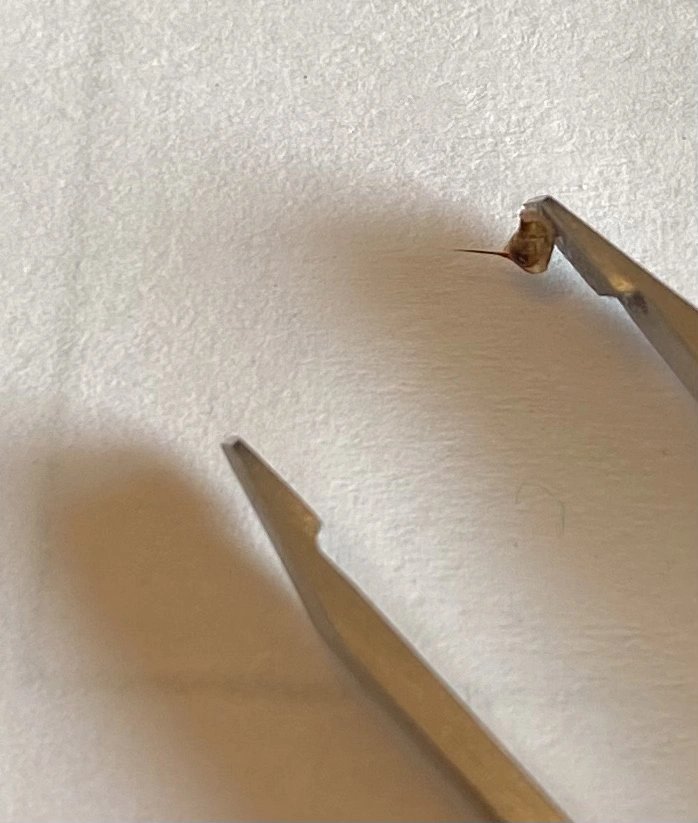Why Are All These Wasps Here?
My wife and kids had just returned from a road trip out west which meant the backyard had experienced much lower levels of miniature human activity than normal. The oldest scooted out the door to hit the trampoline and soon the walls reverberated with a child’s wailing. As I took up the seasoned parent investigative path, I was met with the same burning question as my son, “Why are all these wasps here?”
Opportunity
Yellow Jackets like any other wasp are initially opportunistic. They are looking for some of the same things we as humans look for when deciding where to settle down:
- Quality of living quarters
- Absence of threats
- Food availability
- Water Access
Since we had left the area undisturbed for a week, it most likely seemed like a wonderful area to live in. With no bouncing balls or swinging bats around to bother their flight patterns, they could zip in and out of the retaining wall to their heart’s content. The deck provided a nice balance of sun and shade. The dripping from the backyard faucet provided ample water. Most importantly, other bugs were there for them to feed on.
How Many Wasps Are There?
Yellow Jacket colonies can grow quite large. In the south, where they may grow uninhibited by winter interruptions, they can hit a hundred thousand bodies. Up here in Minnesota, we are fortunate to have lower numbers, but we are still dealing in the thousands. Yeah, that means a lot of stingers floating around. It was no surprise it only took moments for him to get stung.
Why Do They Have To Be So Aggressive?
In most situations, the answer is quite simple: Yellow Jackets are inconsiderate jerks. When they see a place they like, they set up shop. If you even think of encroaching on their defined territory, they are happy to tell you about it. Yellow Jackets and other wasps have the power to sting over and over again, so they don’t have to worry about running out of stings.
Stopping The Sting
Unfortunately, my son reacted by smashing the Yellow Jacket into his arm when he felt the searing poke. This resulted in the ovipositor (the stinger) getting smashed down into his skin with at least a partial venom sack hanging out. Dealing with that was pretty simple surgery with some tweezers followed by some ointment and ice to dull the pain. Removing the threat of future stings is a bit more complex.

Since their colony was well protected in the retaining wall, treatment required some protective equipment and the right products to get back at the heart of the nest. Multiple treatments were necessary to work through the colony in its entirety. Normally I am all for wasps doing their thing, but when they invade my territory and threaten my brood, I am just as willing to fight back.
Lower The Risk
Going into battle with thousands of sharp butts flying in rank and file can be quite intimidating. Fortunately for those of us who dislike experiencing stings, the wasp experts at Rove Pest Control are here to help. With the products, tools, and experience necessary for an effective solution, we can take the stress of the wasp wars off your hands and let you get back to enjoying what is left of summer and fall.
